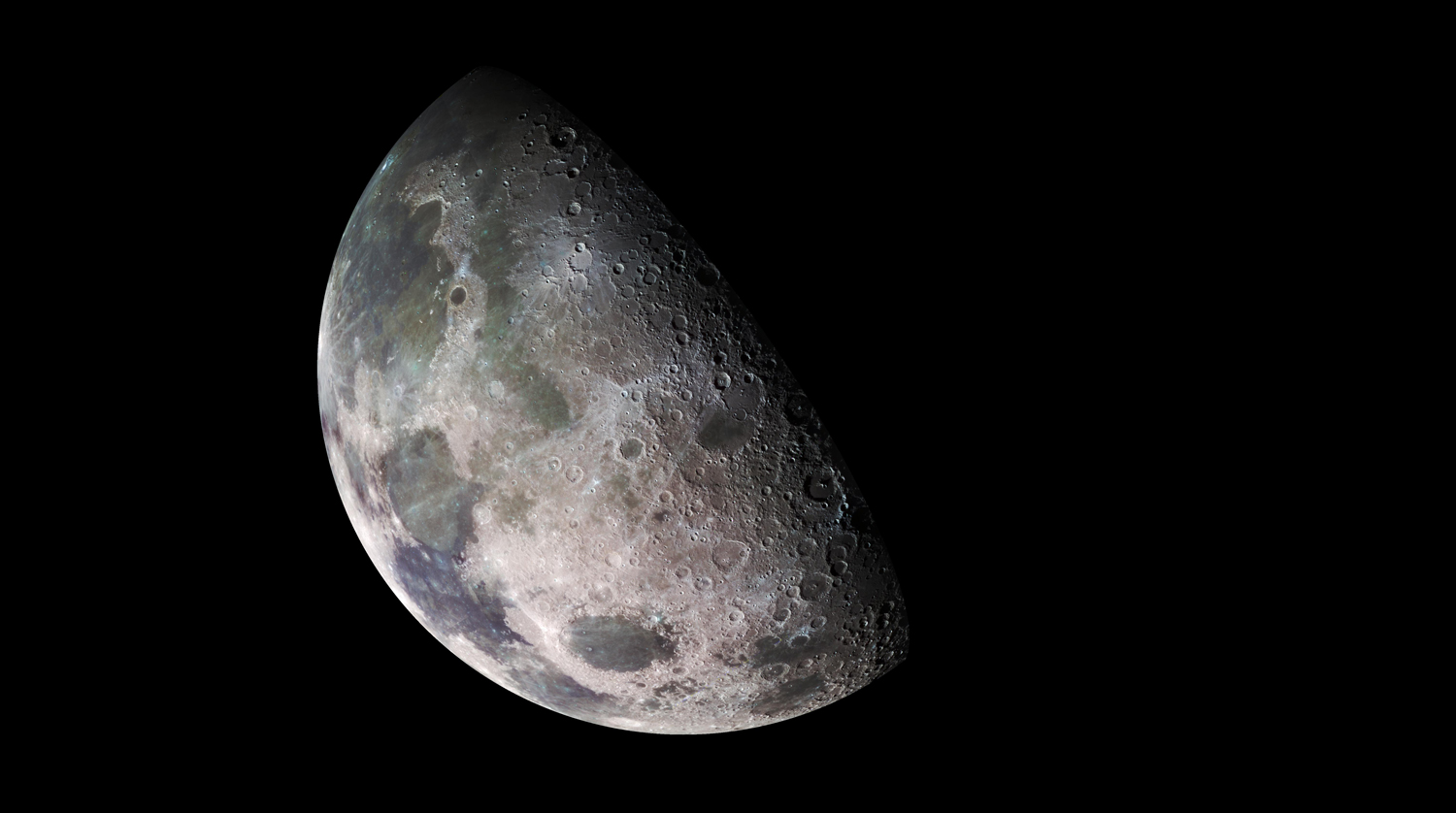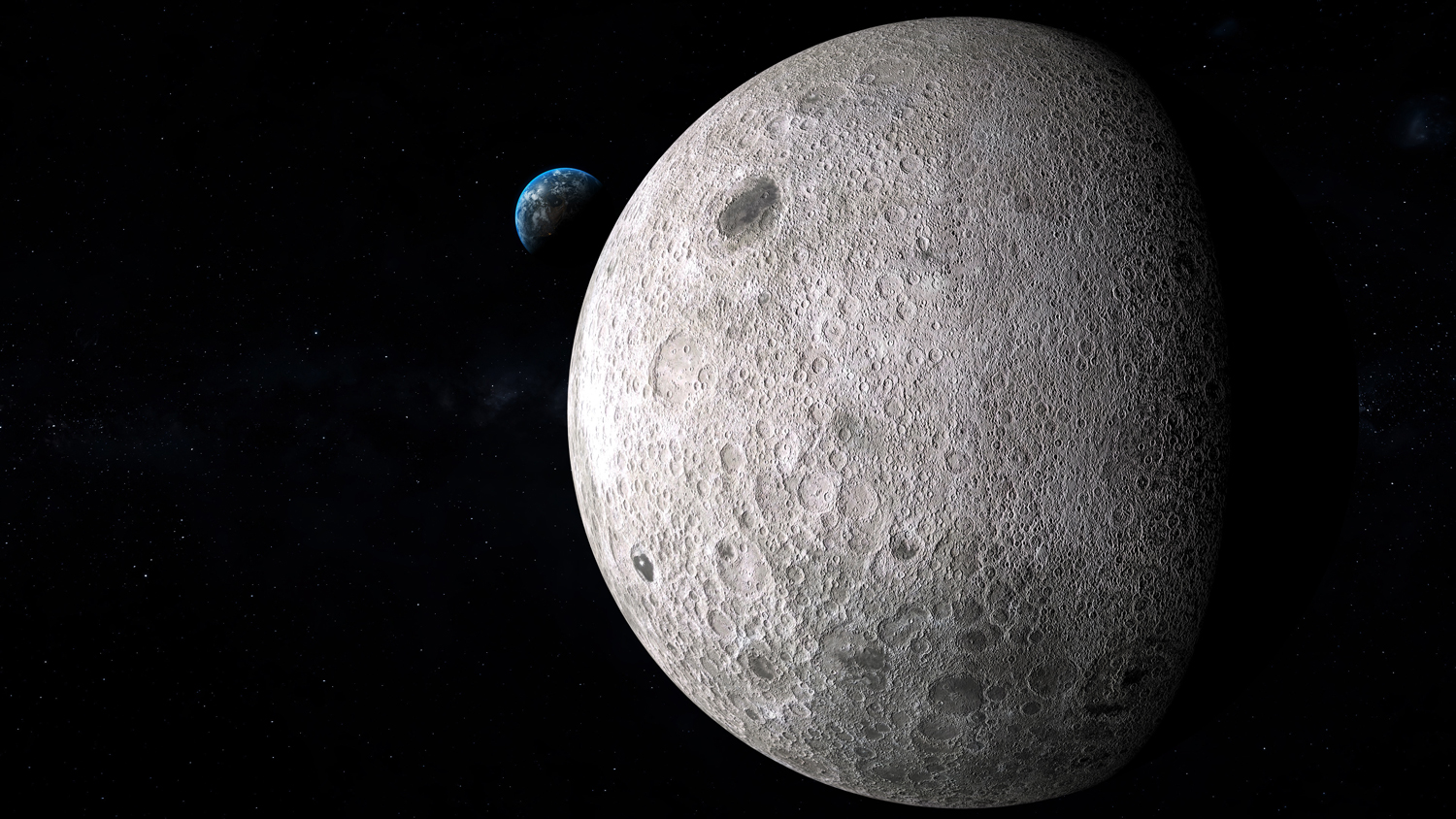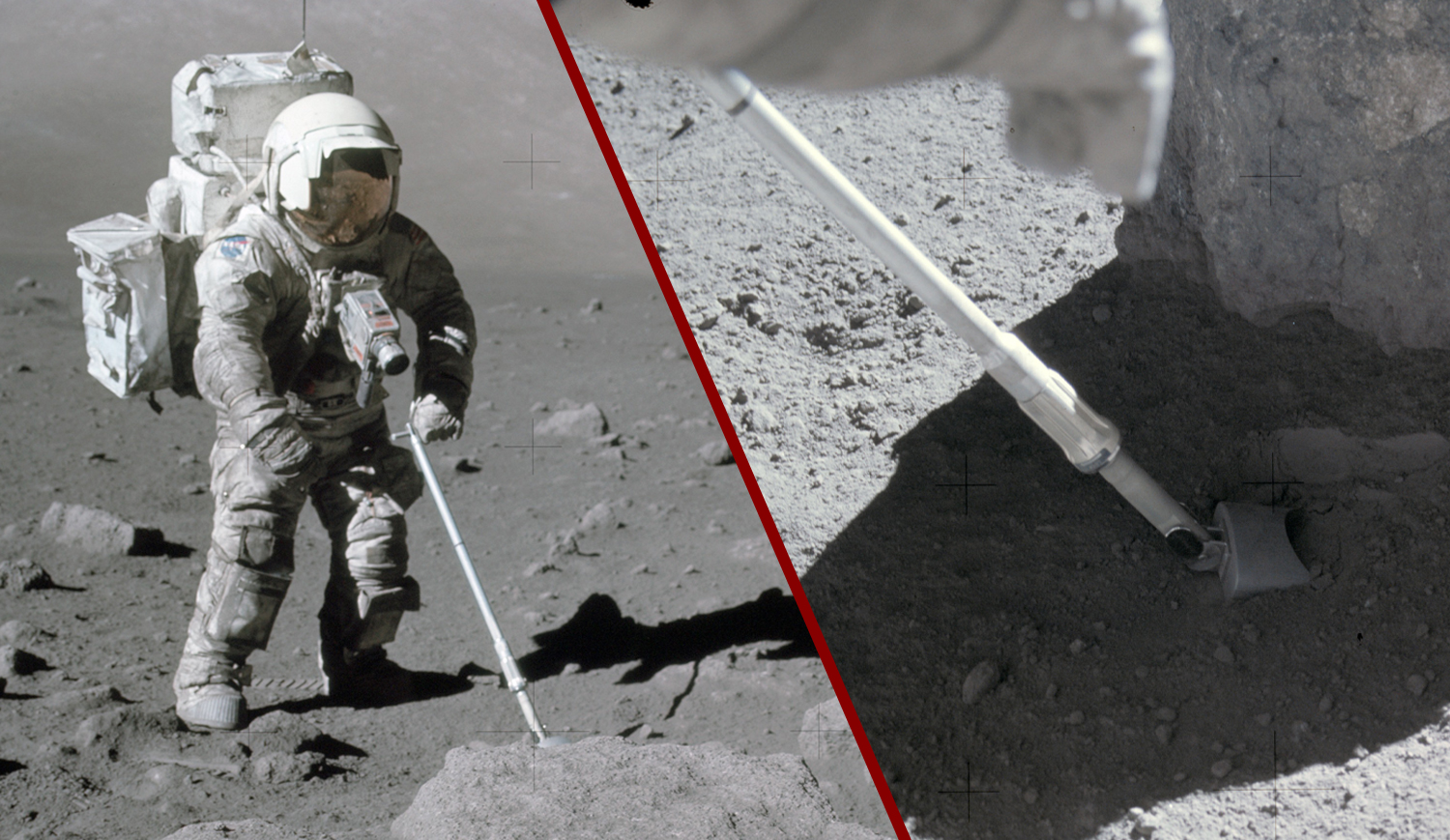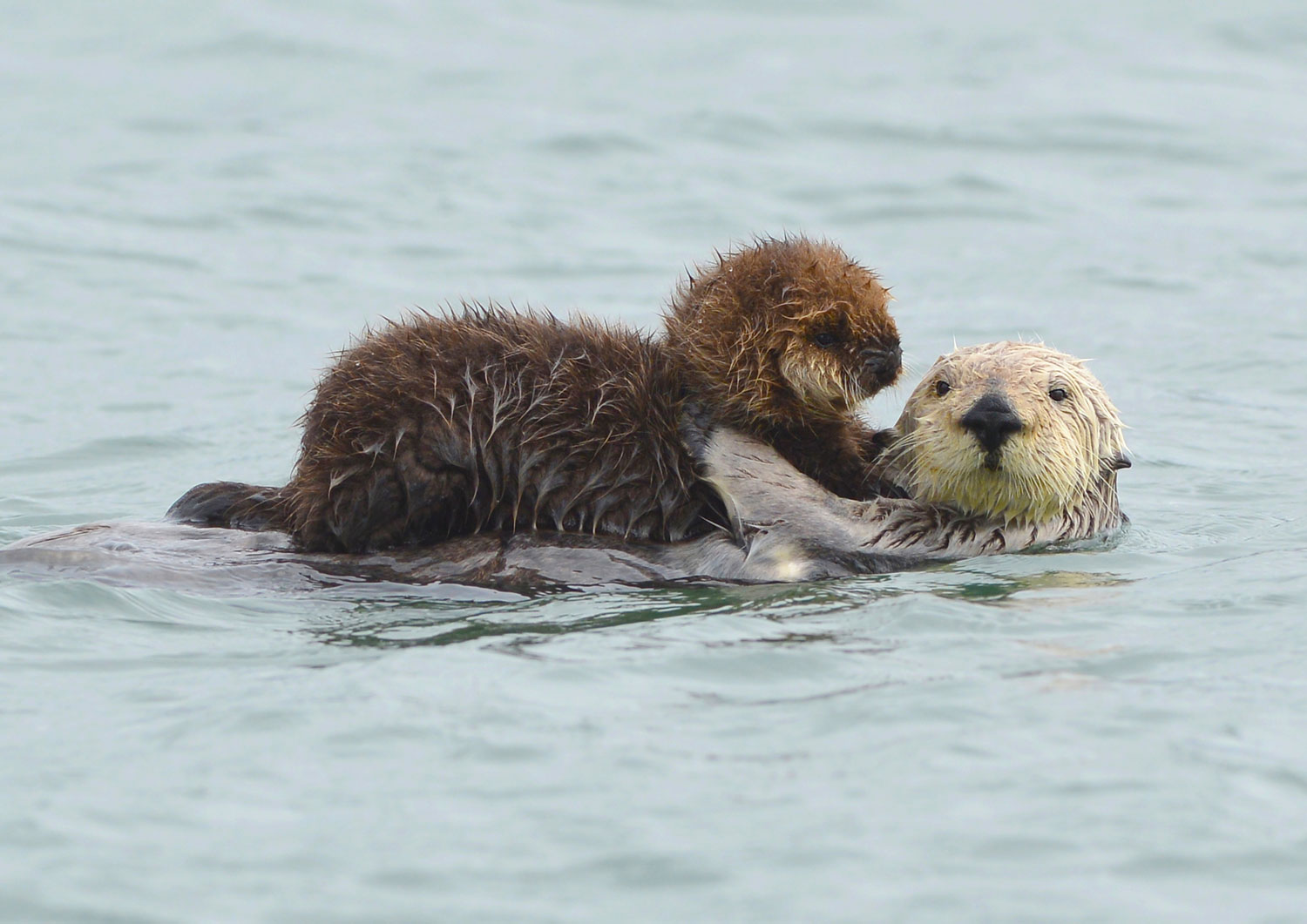A Storage Space on the Moon?
Scientists want to store the cells of endangered animal species on the Moon.

© NASA/JPL/USGS
Tens of thousands of species are endangered, and that number is growing. So scientists have come up with a way to make sure animal species aren’t lost forever: they want to safeguard animals’ cellular material by storing it on the Moon.
A team of researchers suggest putting frozen cells from many animal species in an enclosure and placing it on the frigid far side of the Moon (the side not facing Earth), where the cells would remain frozen. Freezing the materials is a way to preserve them.
“The purpose is really to create a biorepository to ensure long-term safeguarding of species from extinction,” John Bischof, an engineer from the University of Minnesota, told Minnesota Public Radio. “This is a way of actually putting away really important genetic material in a place where it will be safe for, potentially, generations.”
The cells could be used to improve genetic diversity in species with very small populations. They could even be used to clone animals.
Scientists say the Moon could be a better storage place than Earth, where climate change is causing temperatures to rise. Already, the country of Norway is home to the Global Seed Vault, where more than one million seed samples from around the world are stored under permafrost to keep them cold. In 2017, the vault was flooded due to melting permafrost. Luckily, no seeds were affected by the flood.
“If there had not been people there, flooding could have damaged the [seed] biorepository,” scientist Mary Hagedorn told the Guardian. Hagedorn was lead author of the study that described the animal cell biorepository.
As they considered storing animal cells, scientists concluded that Earth would be an unreliable location. They decided to look elsewhere. The Moon has a very thin atmosphere, which means there’s no threat of climate change there. Still, the Moon is exposed to solar radiation that can destroy cells. Scientists will need to build a repository that protects the cells from damage.
Hagedorn says we’re nowhere near the point where a biorepository would be built and maintained on the Moon. But there are plans for increased travel to the Moon and maybe even the construction of a base camp there. For now, Hagedorn and her team have outlined a possible plan.
“We know how to do this and can do this and will do this, but it may take decades to finally achieve,” she told the Guardian.



